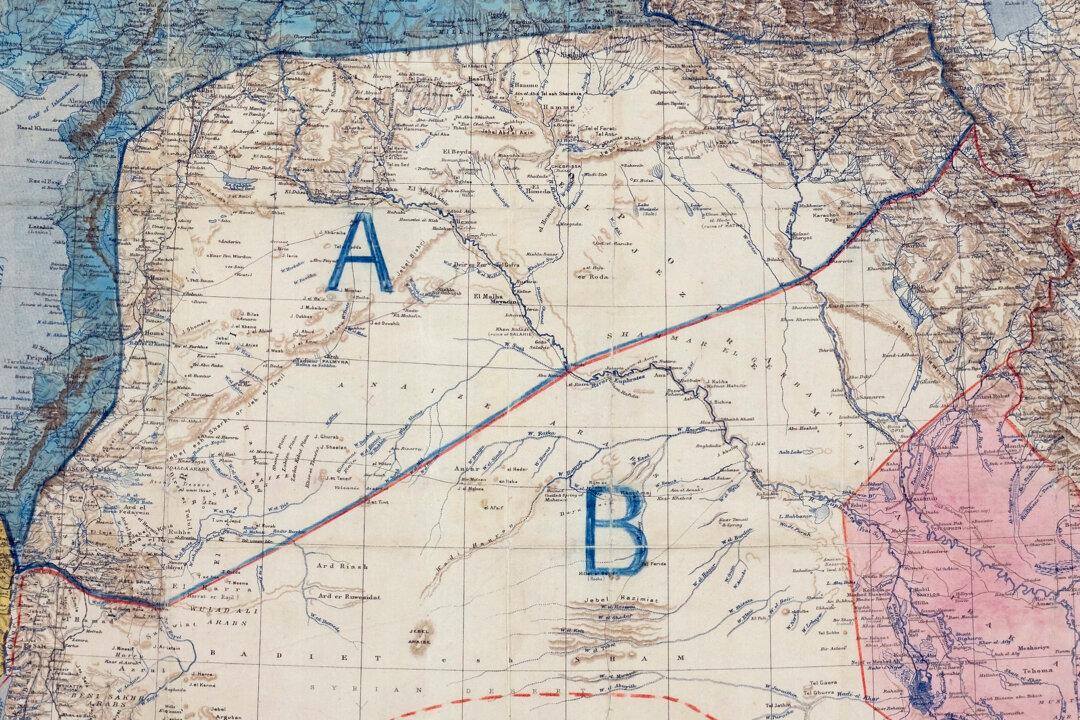In 1915–1916, Sir Mark Sykes, of the British War Office, and François Georges-Picot, French consul in Beirut, negotiated a secret agreement to divide the Asiatic provinces of the Ottoman Empire into zones of direct and indirect British and French control after World War I.
The agreement also “internationalized” Jerusalem—a bone thrown to the Russian Empire, then a British and French ally. The Russians were worried that Orthodox Christians might be put at a disadvantage if the Catholic French had the final say about the future of the holy city.
Although Russia never officially signed the agreement, it acquiesced to it. In return, the allies pledged their commitment to Russian control over Istanbul and the Turkish Straits. They also agreed to direct Russian control over parts of eastern Anatolia (Asia Minor, or the modern-day Republic of Turkey) at the close of hostilities.
As straightforward as all this was, over the years the words Sykes-Picot have taken on two meanings—one significant, the other less so.
A Dead Letter
Let’s start with the less significant meaning, which alludes to the actual accord. Except for demarcating a line in the desert that anticipated the boundary between contemporary Syria and Iraq (drawn in 1922), the impact of the accord is zero.
It never went into effect. By the end of World War I, it was already a dead letter. This was the case for a number of reasons.
In the first place, the British did not like the borders drawn between their zone and the French zone. In particular, the Sykes-Picot map placed northern Palestine and Mosul—two areas the British coveted—in the French zone.

